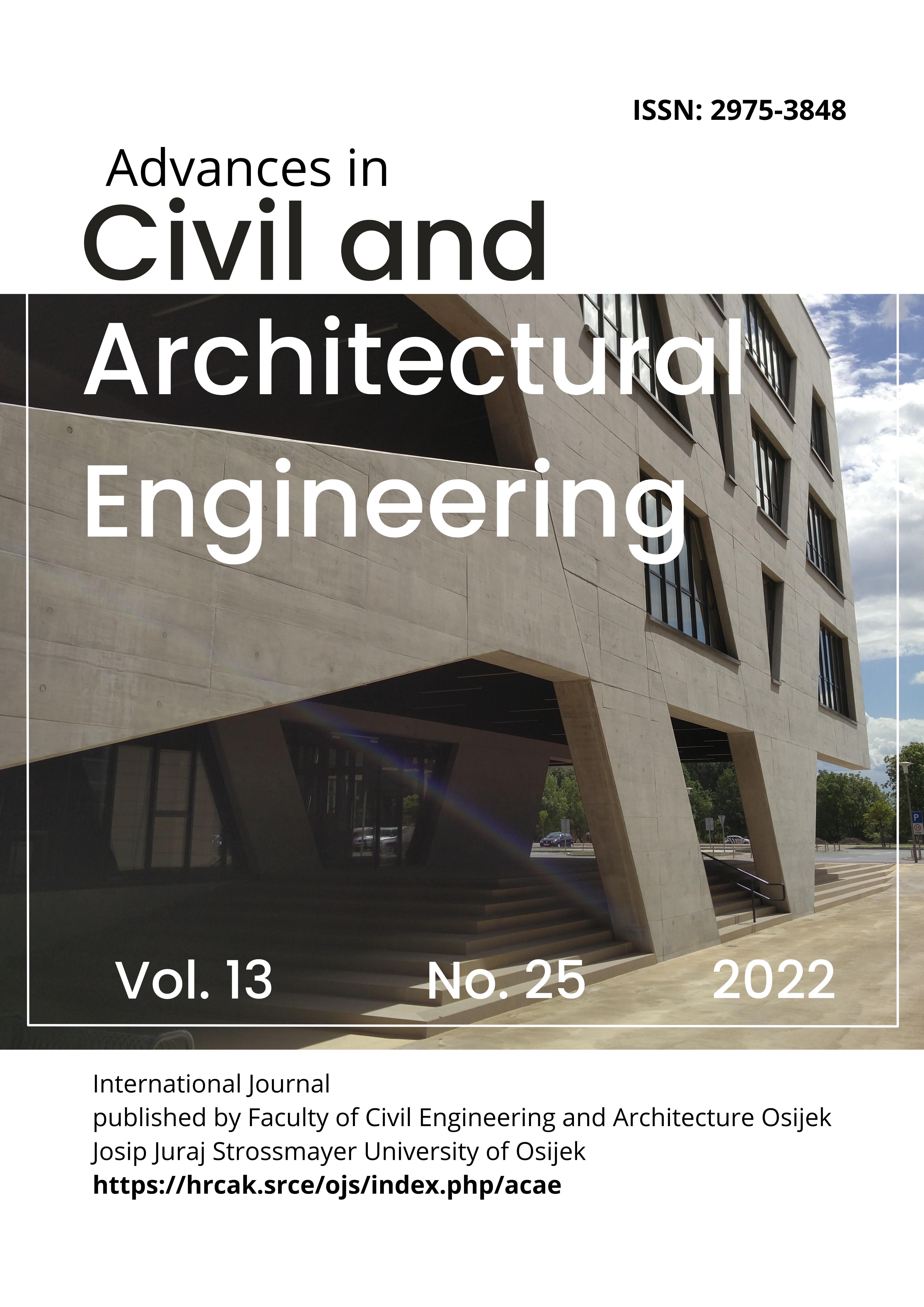URBANISATION AS A TOOL FOR ECONOMIC GROWTH – NOVI SAD THE DEVELOPMENTAL CITY
Keywords:
urban development; urban planning; developmental city; post-transitional city; construction industry; Novi SadAbstract
Current research and documents on urban development emphasise the links between economic growth and planning strategies, making urban space an asset of the contemporary market economy. The analysis of development trends in post-transitional cities shows numerous similarities to the Asian concept of developmental cities. This study examines current urban development strategies in the city of Novi Sad (Serbia), particularly focusing on trends in housing projects, which are the major contributors to the production of urban space. The housing policy in the city, spanning from urban reconstruction after WWII until the present, is comprehended through statistical data on construction activity, taken as an indicator of change in urban politics and the general concept of city development. The major change in this concept is the weakening of the connection between city population growth and apartment building production. As a result, human needs are no longer the primary motive for apartment construction. The comparison, analysis, and conclusions based on the interpretation of the indicators highlight the necessity for rethinking present urban practises in order to combat the continual process of degrading the quality of life in the city.
Downloads
Published
How to Cite
Issue
Section
License
Copyright (c) 2022 Dragana Konstantinović, Igor Peško, Slobodan Jović

This work is licensed under a Creative Commons Attribution 4.0 International License.

